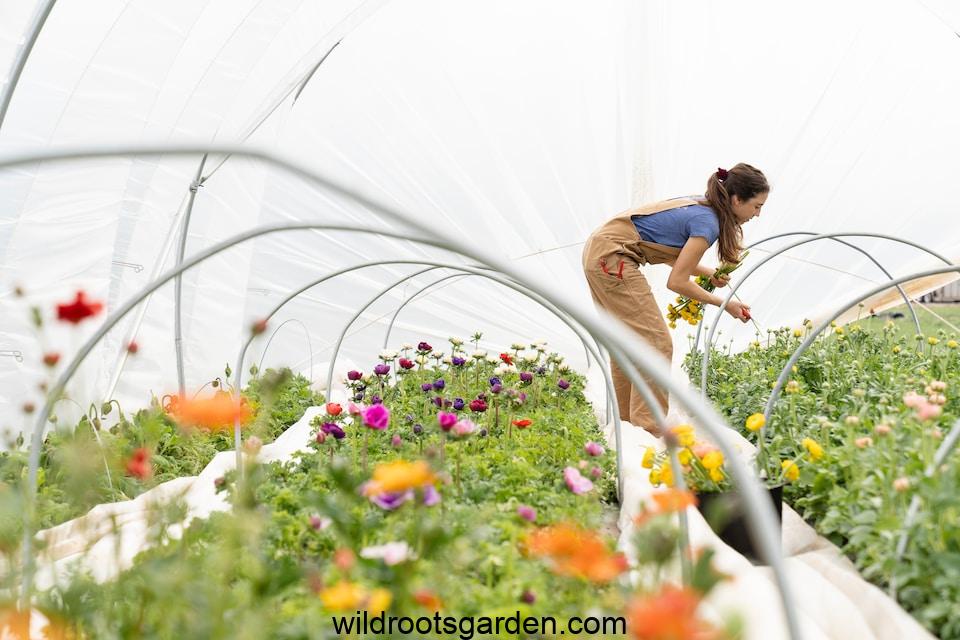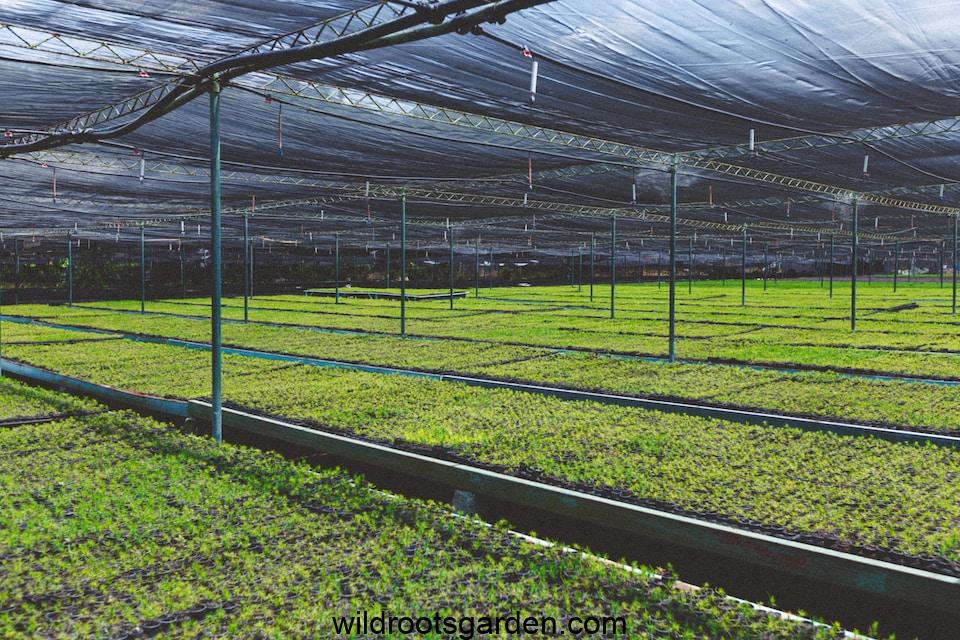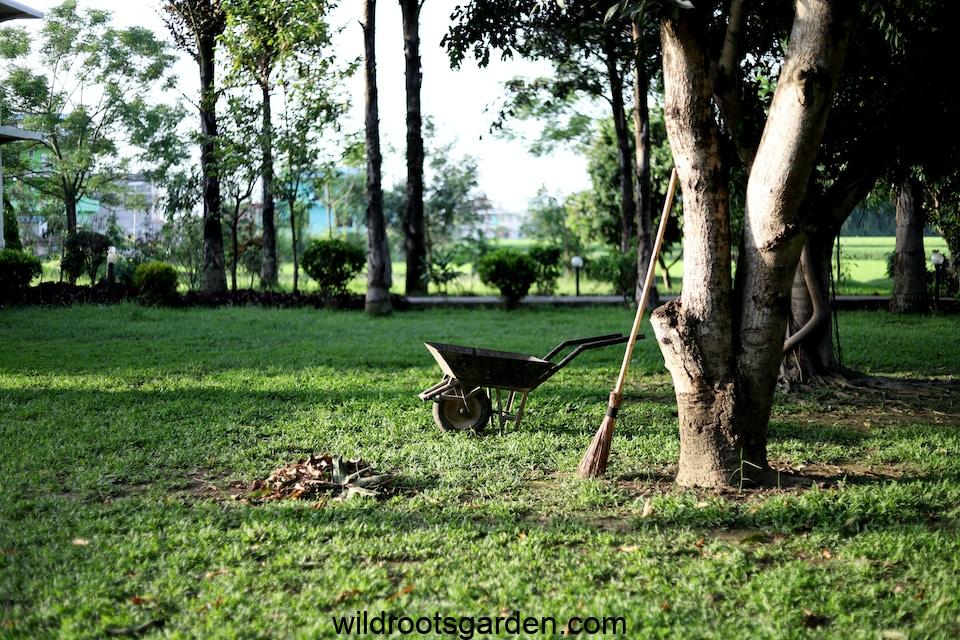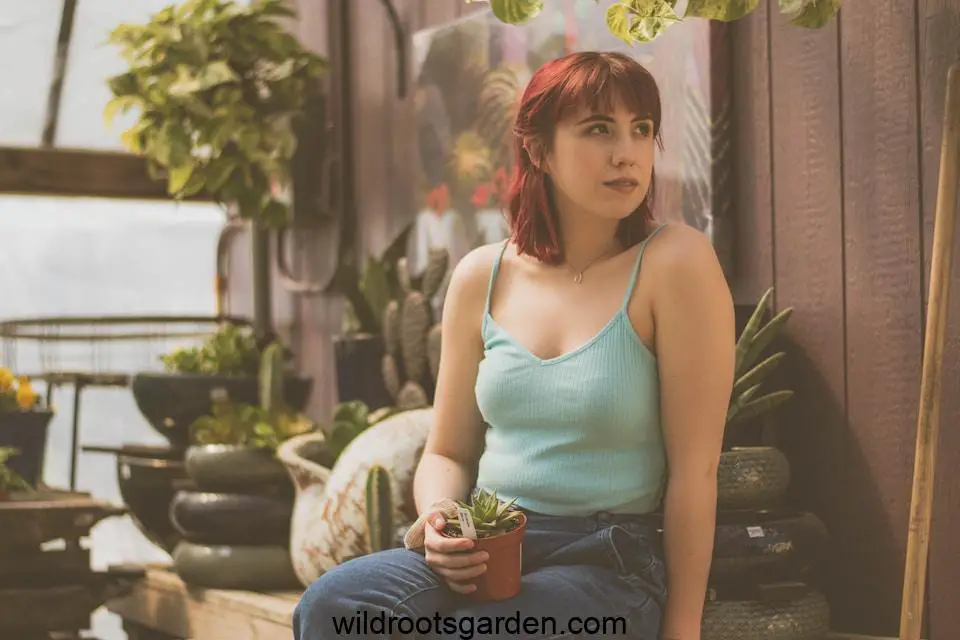JUMP TO TOPIC
Choosing the Right Location for Your Garden
Gardening is a wonderful hobby that not only allows you to connect with nature but also provides you with fresh produce and beautiful flowers. However, for beginners, it can seem like a daunting task. Where do you even begin? One of the most important aspects of gardening is choosing the right location for your garden. In this article, we will discuss 10 essential gardening tips for beginners to help you choose the perfect spot for your garden.

Table of Contents
1. Consider the Sunlight: The first and most important factor to consider when choosing a location for your garden is sunlight. Most plants require at least 6 hours of sunlight per day to thrive. Take note of the areas in your yard that receive the most sunlight and plan your garden accordingly.
2. Check the Soil: Another crucial aspect to consider is the quality of the soil. Different plants have different soil requirements, so it’s important to test the soil in your chosen location. You can purchase a soil testing kit or take a sample to your local gardening center for analysis.
3. Look for Drainage: Good drainage is essential for a successful garden. If your chosen location has poor drainage, it can lead to waterlogged soil and root rot. Avoid areas that are prone to flooding or have standing water after rain.
4. Consider the Size: The size of your garden will depend on the available space in your yard and the amount of time and effort you are willing to put into it. If you are a beginner, it’s best to start small and gradually expand as you gain more experience.
5. Accessibility: When choosing a location for your garden, consider how accessible it is. You will need to water, weed, and harvest your plants regularly, so it’s important to have easy access to your garden. Avoid areas that are too far from a water source or require you to walk through obstacles to reach.
6. Think about the Surroundings: The surroundings of your garden can also have an impact on its success. Avoid areas that are too close to trees or large shrubs, as they can compete for nutrients and shade your plants. Also, consider the direction of the wind, as strong winds can damage delicate plants.
7. Check for Pests: Before finalizing your garden location, take a walk around your yard and look for signs of pests. Avoid areas that are infested with pests, as they can quickly spread to your garden and damage your plants.
8. Consider Your Neighbors: If you live in a neighborhood, it’s important to consider your neighbors when choosing a location for your garden. Avoid areas that may block their view or cause any inconvenience to them.
9. Plan for the Future: When choosing a location for your garden, think about the future. Will you be expanding your garden in the future? Will you need to add structures like trellises or raised beds? It’s important to leave room for future growth and changes.
10. Don’t Be Afraid to Experiment: Lastly, don’t be afraid to experiment with different locations for your garden. Gardening is a learning process, and you may need to make adjustments along the way. If your first location doesn’t work out, don’t get discouraged. Keep trying until you find the perfect spot for your garden.
In conclusion, choosing the right location for your garden is crucial for its success. Consider factors like sunlight, soil quality, drainage, and accessibility when making your decision. Don’t be afraid to experiment and make adjustments as needed. With these 10 essential gardening tips for beginners, you’ll be on your way to a thriving garden in no time. Happy gardening!
Understanding Your Soil and How to Improve It

Gardening is a wonderful hobby that not only brings beauty to your surroundings but also provides a sense of satisfaction and accomplishment. However, for beginners, it can seem like a daunting task with so many things to learn and consider. One of the most important aspects of gardening is understanding your soil and how to improve it. In this article, we will share 10 essential gardening tips for beginners to help you get started on your gardening journey.
1. Test your soil: Before you start planting, it is important to know the type of soil you have in your garden. You can do this by conducting a simple soil test. This will help you determine the pH level, nutrient content, and texture of your soil, which will guide you in choosing the right plants and fertilizers.
2. Know your soil type: There are three main types of soil – sandy, clay, and loamy. Sandy soil is light and drains quickly, while clay soil is heavy and retains water. Loamy soil is a balance of both and is considered the ideal type for gardening. Understanding your soil type will help you make informed decisions on how to improve it.
3. Add organic matter: Adding organic matter to your soil is one of the best ways to improve its quality. This can include compost, manure, or leaf mulch. Organic matter helps to improve soil structure, retain moisture, and provide essential nutrients for plant growth.
4. Mulch your soil: Mulching is another great way to improve your soil. It helps to retain moisture, suppress weeds, and regulate soil temperature. You can use a variety of materials for mulching such as wood chips, straw, or shredded leaves.
5. Avoid compacting your soil: Compacted soil can hinder plant growth as it restricts the movement of air, water, and nutrients. Avoid walking on your garden beds and use raised beds or stepping stones to access different areas of your garden.
6. Rotate your crops: If you are planning to grow vegetables, it is important to rotate your crops each season. This helps to prevent the depletion of nutrients in the soil and reduces the risk of diseases and pests.
7. Use cover crops: Cover crops are plants that are grown specifically to improve soil health. They help to prevent erosion, add nutrients to the soil, and suppress weeds. Some common cover crops include clover, rye, and buckwheat.
8. Consider using raised beds: Raised beds are a great option for beginners as they provide better drainage, aeration, and control over the soil quality. They also make it easier to maintain and harvest your plants.
9. Use natural fertilizers: Instead of relying on chemical fertilizers, consider using natural alternatives such as compost, manure, or seaweed. These not only provide essential nutrients for your plants but also improve the overall health of your soil.
10. Be patient: Gardening takes time and patience. Don’t get discouraged if your plants don’t grow as quickly as you expected. It takes time for the soil to improve and for plants to establish themselves. Enjoy the process and learn from your mistakes.
In conclusion, understanding your soil and how to improve it is crucial for successful gardening. By following these 10 essential tips, you will be on your way to creating a healthy and thriving garden. Remember to test your soil, add organic matter, avoid compacting it, and be patient. With time and effort, you will see the fruits of your labor and enjoy the beauty and benefits of gardening. Happy gardening!
Selecting the Best Plants for Your Climate
Gardening is a wonderful hobby that not only beautifies your surroundings but also provides a sense of satisfaction and accomplishment. However, for beginners, it can be overwhelming to know where to start. One of the most important aspects of gardening is selecting the right plants for your climate. In this article, we will discuss 10 essential gardening tips for beginners to help you choose the best plants for your climate.
1. Know Your Hardiness Zone
The first step in selecting the best plants for your climate is to know your hardiness zone. This is a geographical area that is determined by the average minimum temperature in your region. You can easily find out your hardiness zone by checking online or asking your local gardening center. This will help you choose plants that are suitable for your climate and will thrive in your garden.
2. Consider Sunlight and Shade
Different plants have different sunlight requirements. Some plants thrive in full sun, while others prefer partial or full shade. Before selecting plants, observe the sunlight patterns in your garden. This will help you choose the right plants that will receive the required amount of sunlight for their growth.
3. Check Soil Quality
The type of soil in your garden plays a crucial role in the growth of your plants. Some plants prefer well-drained soil, while others thrive in moist soil. You can get your soil tested at a local gardening center to determine its pH level and nutrient content. This will help you choose plants that are suitable for your soil type.
4. Consider Your Gardening Goals
Before selecting plants, it is essential to consider your gardening goals. Do you want to grow vegetables, flowers, or a mix of both? Are you looking for low-maintenance plants or ones that require more care? Knowing your goals will help you narrow down your plant choices and select the ones that align with your gardening vision.
5. Research Plant Varieties
Once you have determined your hardiness zone, sunlight and soil requirements, and gardening goals, it’s time to research plant varieties. Look for plants that are native to your region as they are more likely to thrive in your climate. You can also ask for recommendations from local gardeners or gardening centers.
6. Consider Planting Season
Some plants are best planted in the spring, while others do well in the fall. It is essential to consider the planting season of the plants you have chosen. This will ensure that they have enough time to establish themselves before the harsh weather conditions of winter or summer.
7. Start with Easy-to-Grow Plants
For beginners, it is best to start with easy-to-grow plants. These are plants that are low-maintenance and can withstand a variety of weather conditions. Some examples of easy-to-grow plants include marigolds, zinnias, and tomatoes.
8. Don’t Be Afraid to Experiment
Gardening is all about trial and error. Don’t be afraid to experiment with different plant varieties and see what works best for your garden. This will not only help you learn more about gardening but also add diversity to your garden.
9. Consider Companion Planting
Companion planting is a gardening technique where plants are grown together to benefit each other. For example, planting marigolds with tomatoes can help repel pests. Consider companion planting when selecting plants for your garden to promote healthy growth.
10. Seek Advice from Experts
Lastly, don’t hesitate to seek advice from gardening experts. They can provide valuable insights and recommendations based on their experience and knowledge. You can also join gardening communities or attend workshops to learn more about gardening and get tips from experienced gardeners.
In conclusion, selecting the best plants for your climate is crucial for a successful gardening experience. By following these 10 essential gardening tips for beginners, you can choose the right plants for your garden and create a beautiful and thriving outdoor space. Remember to have fun and enjoy the process of gardening. Happy planting!

Proper Watering Techniques for a Healthy Garden
Gardening is a wonderful hobby that not only brings beauty to your surroundings but also provides a sense of satisfaction and accomplishment. However, for beginners, it can be overwhelming to know where to start and how to maintain a healthy garden. One of the most crucial aspects of gardening is proper watering techniques. In this article, we will discuss 10 essential gardening tips for beginners to ensure a healthy and thriving garden.
1. Know your plants’ water needs: Different plants have different water requirements. Some plants, like succulents, require less water, while others, like vegetables, need more frequent watering. It is essential to research and understand the water needs of your plants to avoid over or under-watering.
2. Water deeply and infrequently: It is better to water your plants deeply once or twice a week rather than lightly every day. This allows the water to reach the plant’s roots, promoting healthy growth and preventing shallow root development.
3. Water in the morning: The best time to water your plants is in the morning. This allows the water to soak into the soil before the sun gets too hot, reducing evaporation and ensuring that the plants have enough water throughout the day.
4. Use a watering can or drip irrigation: Instead of using a hose, which can lead to uneven watering, use a watering can or drip irrigation system. This allows for more precise and controlled watering, ensuring that each plant gets the right amount of water.
5. Avoid watering the leaves: When watering, try to avoid getting water on the leaves of your plants. Wet leaves can lead to fungal diseases, and it also wastes water as it evaporates before reaching the roots.
6. Mulch your garden: Adding a layer of mulch to your garden helps retain moisture in the soil, reducing the frequency of watering. It also helps prevent weeds from growing, which can compete with your plants for water and nutrients.
7. Use a rain gauge: A rain gauge is a useful tool to measure how much rain your garden has received. This will help you determine if your plants need additional watering or if they have received enough from natural rainfall.
8. Check the soil moisture: Before watering, check the soil moisture by sticking your finger into the soil. If it feels dry, it’s time to water. If it’s still moist, hold off on watering for a day or two.
9. Water newly planted seeds and seedlings carefully: Newly planted seeds and seedlings are delicate and require special care when it comes to watering. Use a gentle spray or a watering can to avoid disturbing the soil and damaging the young plants.
10. Be mindful of water restrictions: Depending on where you live, there may be water restrictions in place. It is essential to follow these restrictions and find ways to conserve water in your garden, such as using a rain barrel to collect rainwater for watering.
Final Thoughts
proper watering techniques are crucial for a healthy and thriving garden. By following these 10 essential gardening tips for beginners, you can ensure that your plants receive the right amount of water and grow to their full potential. Remember to research your plants’ water needs, water deeply and infrequently, and use tools like a rain gauge and mulch to conserve water. With these tips in mind, you can enjoy a beautiful and flourishing garden all year round. Happy gardening!

